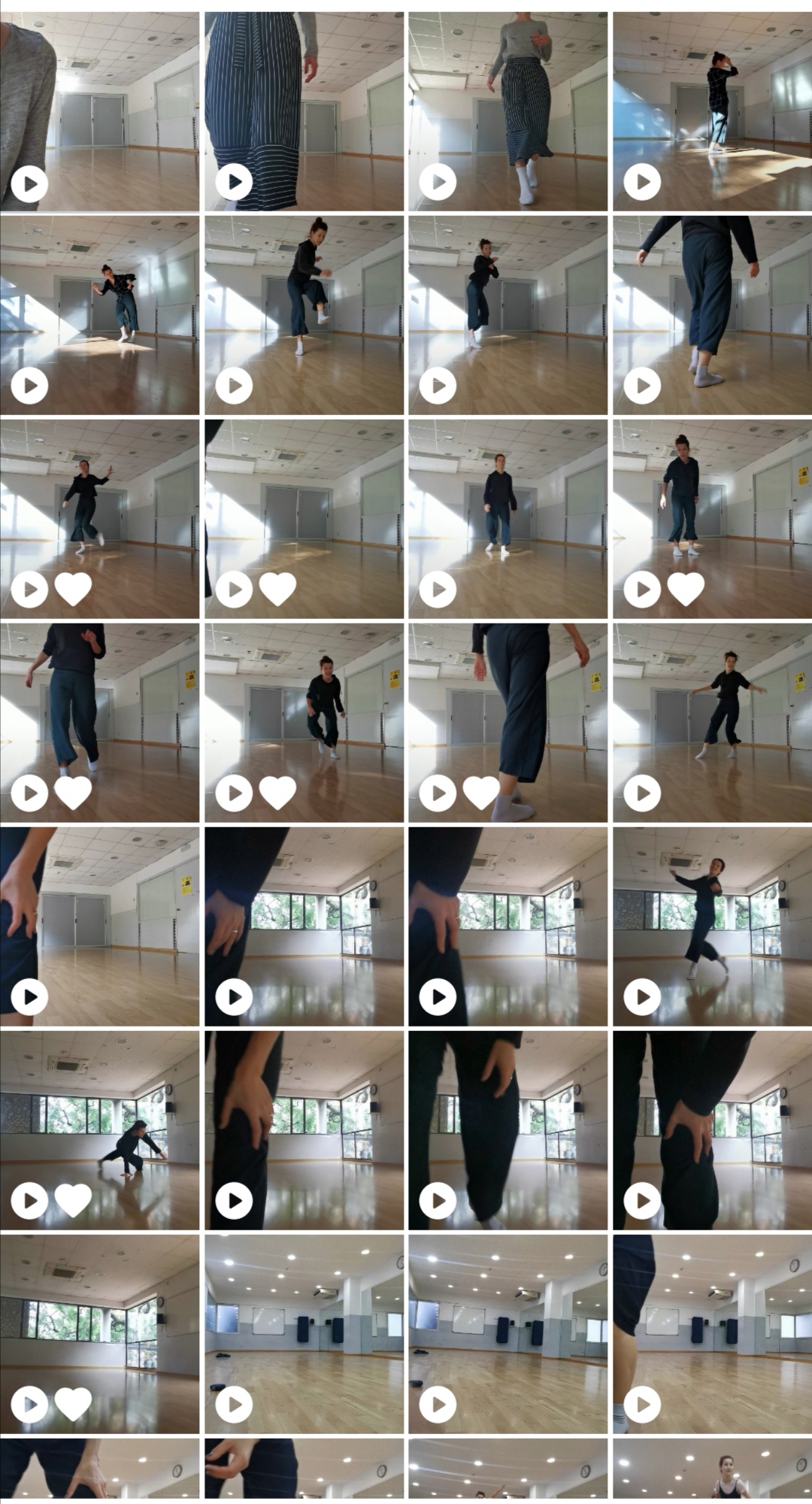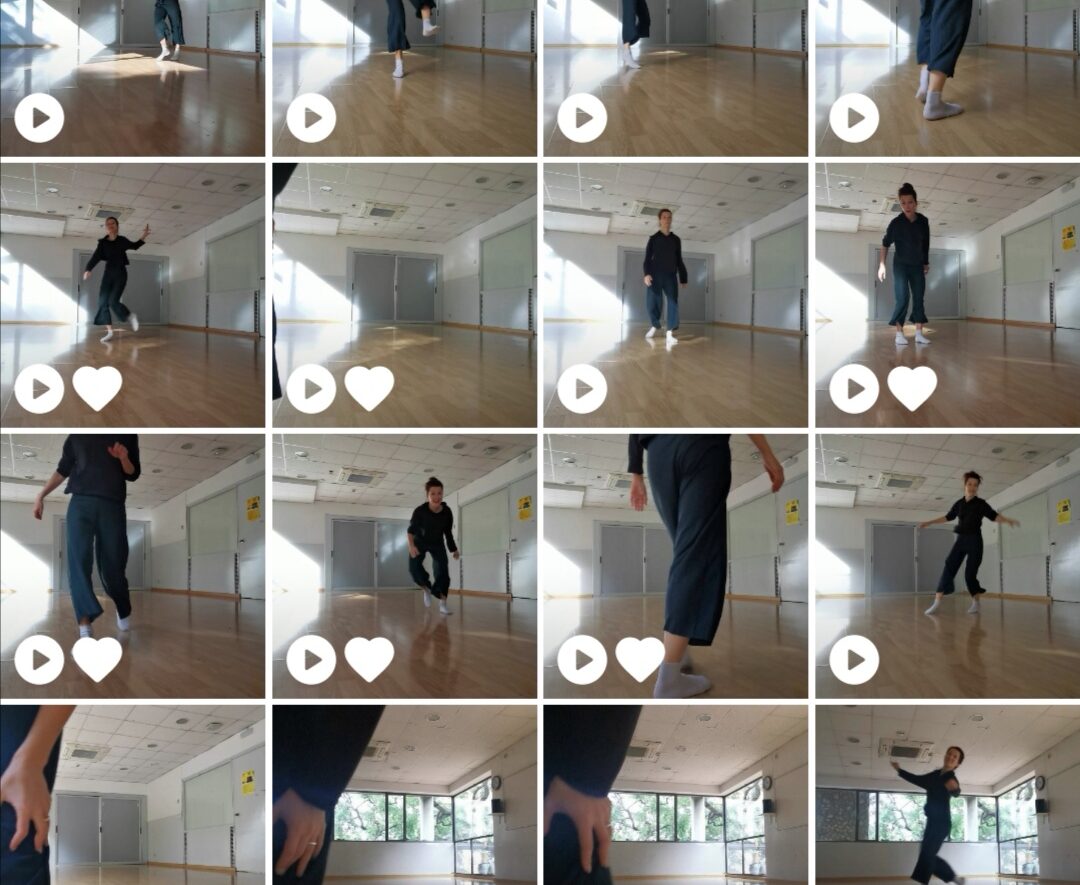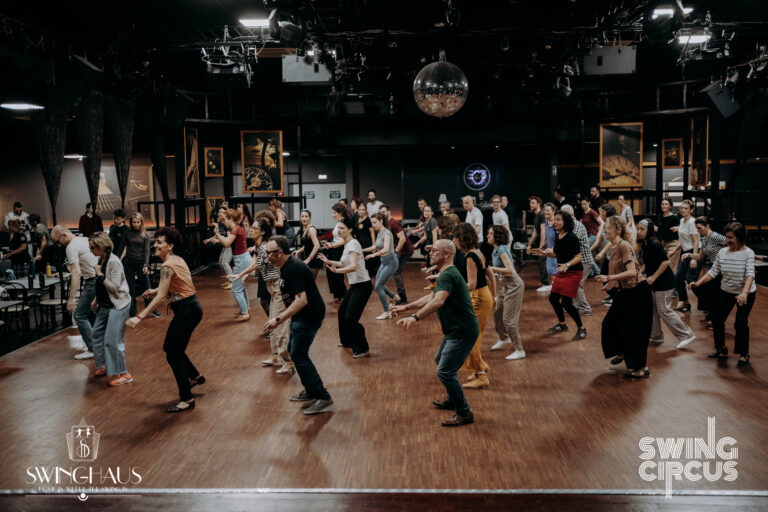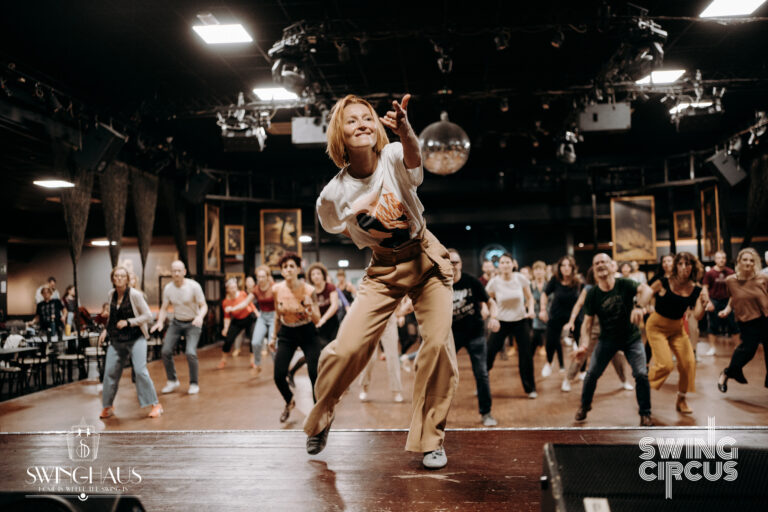Discover how to improve your solo jazz dance with 3 essential habits. Learn how to improve and help you refine your solo jazz movement and style.
1. Film yourself, film yourself, film yourself
The great Fred Astaire and Gene Kelly in their latter years would spend large parts of a studio budget on months of pre-production and filming of dance rehearsals. They knew that only through watching themselves back on camera could they see how their movements and dance actually looked. At times Fred Astaire would insist on having three cameras filming him from three different angles while dancing. That allowed him to see what the best angle for the movements and the best viewpoint for the dance was. Both of them had the experience of watching themselves back on tape and in so many movies. They could learn more about themselves and perfect their dance: style, lines, and angles.
Fast forward to 2020 and we can all do this, practically for free, yet take it for granted. So here’s my first advice:
Go buy a simple tripod or gorilla clamp for your phone and record your practice sessions
Why is it important to film your solo jazz practice?
Be your own coach
It is wonderful to have a private Solo jazz dance class, to be tête-à-tête with the teacher in a dance room. You can always rely on that he/she will make notes on what is working and what not and will help to make adjustments. Unfortunately, this is not always possible. Some of us are lucky enough to practice alone in a dance studio with mirrors, though some only have space in the living room with no mirrors. Even with a mirror, you don’t see a true representation of the movements you are actually making (not the ones you think you are making).
It’s very hard to look at yourself from the distance in this scenario, to see yourself from the outside. Simply start a new practice habit, film yourself and review it later. Be your own coach. If you are learning solo jazz dance online this is especially important.
Discover your strengths and weaknesses, to improve your solo jazz dance
From my own experience, I can tell that I improved so much from being my own dance mentor. After each practice, I have the same habit. I go for a little ritual. I take a coffee on a square next to my home and watch the videos of my practice. Even though I was not always happy when I saw the videos, it taught me a lot. Certainly watching the playback taught me throughout the year to accept myself, to love myself and my movements more. It also helped me improve how I worked with my face and arms. I used to have this black depressive look on my face while I concentrated so hard. I went through the acceptance phase and together with it started to learn more about what makes my dance mine, what are my strengths, how I can improve and control every part of my body from my face, to my fingers, to my toes and arms.
Filming yourself while dancing is the fastest step to seeing where your weaknesses and strengths are.
Additionally, reviewing practice videos taught me to improve a lot of elements in my solo jazz dance and in my swing dancing And Lindy hop. For instance, for a long time, I was unhappy with the work of my arms and palms. They were dead, not expressive and most of the time in a fist position. Noting that on the video and wanting to change helped me develop different ways of practicing and focusing on just that element of my Solo Jazz dance.
Here is an example of one of my personal practice sessions. Here I work on another element that I always wanted to improve – rhythm dancing. I created a task for myself to use swinging 8th note as much as I can.
Take the first step towards your own style in solo jazz dance
As much as making a video of my dance practice helped me to see the potential for improvement, it can also help us find our “diamond”. That thing that is so unique to only you, that makes you different and makes you you, – your strength. It is precious to recognise your strengths.
We are all very good at going to a dance event and judging others. We have an incredible ability no matter what level of the dancer we are to see the faults in others and recognise them: “oh he’s very stiff”, “she keeps repeating the same moves”, “he is off time”, etc. Equally, we can see the good things: “wow, his footwork is so precise”, “her arms are like wings” or “he just delivers the dance so well!”. This means we inherently understand for ourselves what we like and don’t like in dance. It’s easy, so let’s make a practice habit of it when we work on our solo jazz and let’s use it to our advantage.
Film yourself, watch the recaps and give yourself an honest review of your dance movement and how you would like to see it improve.
Ask yourself…
Simply doing this does not mean it will improve, but you will know what you need to work on. Ask yourself, what is the ideal image of yourself on the dance floor or stage? What are the key things in your solo jazz dancing you need to improve and what habits do you need to develop them? Next, practice to work on the element you chose to improve again. By making it a practice habit, you can go deeper into this process and advance. This will open a path of refining your style.
If you really want to add focus, and intensity to this system, plan on releasing your practice video online. When we are learning solo jazz dance online, and taking online solo jazz dance classes we feel alone and safe. This is great, but sometimes a bit of judgement can be good, to help you focus. Nothing will make you focus, and try to refine and improve your dancing more than this. Anyone that follows my Instagram page @secretsofsolo will see how many practice videos I release. What people don’t know is, that for every video I release, there are 20 others that I don’t release.

In some small way, these are mini-performances, and knowing that I will release the video puts me in that mindset. Which is the exact mindset you need, to push you to improve your dancing, and ask the hard questions.
2. Set goals and time limits before practice
Online solo jazz dance classes are great, and I really believe Secrets of Solo is an amazing way to learn solo jazz dance. But it has one downside. Although I have done everything to create a system to work through, I can’t tell you when to start each day, or how to frame a practice session.
What is so great about a live class is you arrive, you warm-up, work on something, and most importantly it ends. Usually, the class ends with a recap and the teacher saying “great job, see you next week”. You don’t get this in online learning, and although subtle, this difference is essential. Here is how my online learning used to go. I’d open a video, try a few moves, realize it was difficult and maybe give up. How sad is that! I’d love to emphasise on how important it is to leave each practice session with a sense of growth, a sense of development no matter how small. As Tony Robbins says “The fastest way to happiness is growth”
The fastest way to happiness is growth
Prepare for the next practice
No one will give you that “great job” with online learning, and online dance classes, so you have to do it yourself. So here’s a little advice on habits. Before you practice, even the day before, open up some videos, find a move, or choreography, or frame you like, and set an intention. “Tomorrow I will spend 30 minutes learning this one thing” or “Tomorrow I will learn that thing” (with no time limit, instead of goal setting). At the end of your set time, no matter how the practice went, say “Well done, you came and practiced” to yourself, and feel good about it. And that’s the key, you will leave the dance session feeling like you did something. There is nothing else you need to do.
To become a better dancer you just need to show up and practice, consistently, no matter how short the session
It is not important what level of dancer you are and even if you practice only 10 minutes a day – you will improve. You will be better than yourself who didn’t do that. Will it be as much as someone who practices for two hours a day? Probably not. But better than your former self, 100%, and, to emphasise, it gives a sense of growth, a sense of the development, happiness and a desire to do it again. You will be the dancer you want to be, in just small daily steps.
A wise man doesn’t compare his development in comparison to others but in comparison to the person, he was yesterday.
3. Write down everything you do while practicing solo jazz
We have a great tracking system on Ksenia’s Secrets of Solo. It shows what you’ve already learned and gone through and gives a sense of progress. We get our little gold tick after each lesson. For those that don’t know, you get a certificate when you complete a full course. But maybe 8 weeks down the road you won’t remember how a practice session actually went.
Start taking a journal or make it a habit to keep notes about your dancing on your computer.
Take 2 or 3 minutes after each dance practice session for a quick “resume”. What did I practice? What did I learn? Why didn’t it work? Was I distracted, if so why? How can I remove distractions and focus? Did I have a clear intention before the practice? Did I have a goal and did I accomplish it? What’s my goal for tomorrow’s dance training?
Tracking your progress
This simple method of tracking and monitoring practice will keep you informed, motivated, and goal orientated. You will be able to look back at any time over the year, and realize “Yes, I did a lot of work, I have improved, good job”. It is exactly this motivation we need to show up the next day, and the next day again. Who wants to go back to the thing that makes them feel bad and lower their self-esteem every day? Though we do have to understand why something made us feel bad during the practice, in order to work on it, we still need to leave each practice session feeling good.
How to improve your solo jazz dance, just do this:
Set fixed-length sessions, with goals, film them and write it down after.
A great habit to improve your solo jazz dance. This way you can become your own coach. You’ll see what you have worked on and you’ll see where you are putting your time. Comes a time when you feel low and like you are not improving, you can go back 3 or 6 months and watch that old training video. When you compare it to today’s one you will see the changes. After all you’ll get that sense of accomplishment that is missing from online dance teaching. It will indeed motivate you to practice, which is the only thing you need to do.
Just small regular, consistent, focused dance practice sessions, with recorded feedback
Finally, if you are a premium member to Ksenia’s Secrets of Solo, send me one of those practice sessions and ask me for advice. Personal feedback will help you more than anything to improve your solo jazz dance. What do I think are the key things you should work on? We are all terrified to film ourselves but know that no one is judging you. We are all on the same road, just different parts of it. So someone further down the road will only see themselves five or ten years ago. Doesn’t matter if you are a touring solo performer next year, or can now simply bounce in time, as long as it’s an improvement for you.
Written by Ksenia Parkhatskaya




